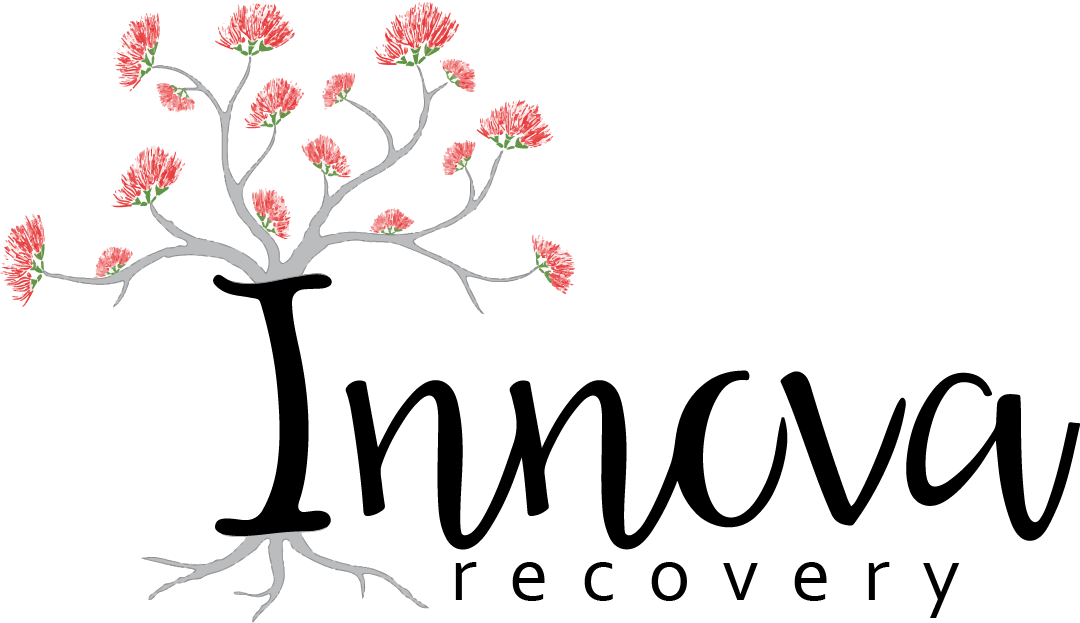Overview #
Somatic Therapy focuses on the mind-body connection, and includes Somatic Experiencing, Sensorimotor Psychotherapy, and related approaches. It emphasizes the body as a central place where trauma is experienced and resolved.
Somatic Therapy recognizes that trauma is not only a psychological wound but also becomes ‘trapped’ in the body, leading to chronic tension, anxiety, and physical symptoms.
For instance, a client who feels chronic tightness in their chest when recalling trauma may work with a therapist to gently focus on the sensation, release the energy, and reconnect with a sense of safety.
How it Works #
Trauma creates an unfinished ‘fight, flight, or freeze’ response in the nervous system. Somatic Therapy helps clients notice bodily sensations, stay within a safe ‘window of tolerance,’ and gradually release stored survival energy.
Techniques such as titration, pendulation, grounding, and body awareness help clients process trauma gradually. The nervous system learns to discharge the excess energy from past events, returning to regulation.
Useful Tools #
- GROUNDING EXERCISES – Techniques like focusing on the feet on the floor or contact with a chair.
- PENDULATION – Moving attention between areas of tension and areas of safety in the body.
- TITRATION – Working with trauma in small, manageable amounts.
- BREATHWORK – Supporting relaxation and nervous system regulation.
Interesting Facts #
- Somatic Experiencing was developed by Dr. Peter Levine in the 1970s.
- Research shows that somatic approaches help reduce both PTSD and chronic pain.
- Many clients report physical relief, such as improved sleep and reduced headaches, after somatic work.
Conclusion #
Somatic approaches have been shown to reduce PTSD symptoms, chronic pain, and anxiety. They are particularly helpful for clients who struggle to engage in traditional talk therapy alone.
Somatic Therapy provides a pathway to heal trauma at its root — in the body. By gently re-regulating the nervous system, clients can move toward resilience and peace.
Download This Resource #
Save the printable PDF version of this article to reference or share anytime.







